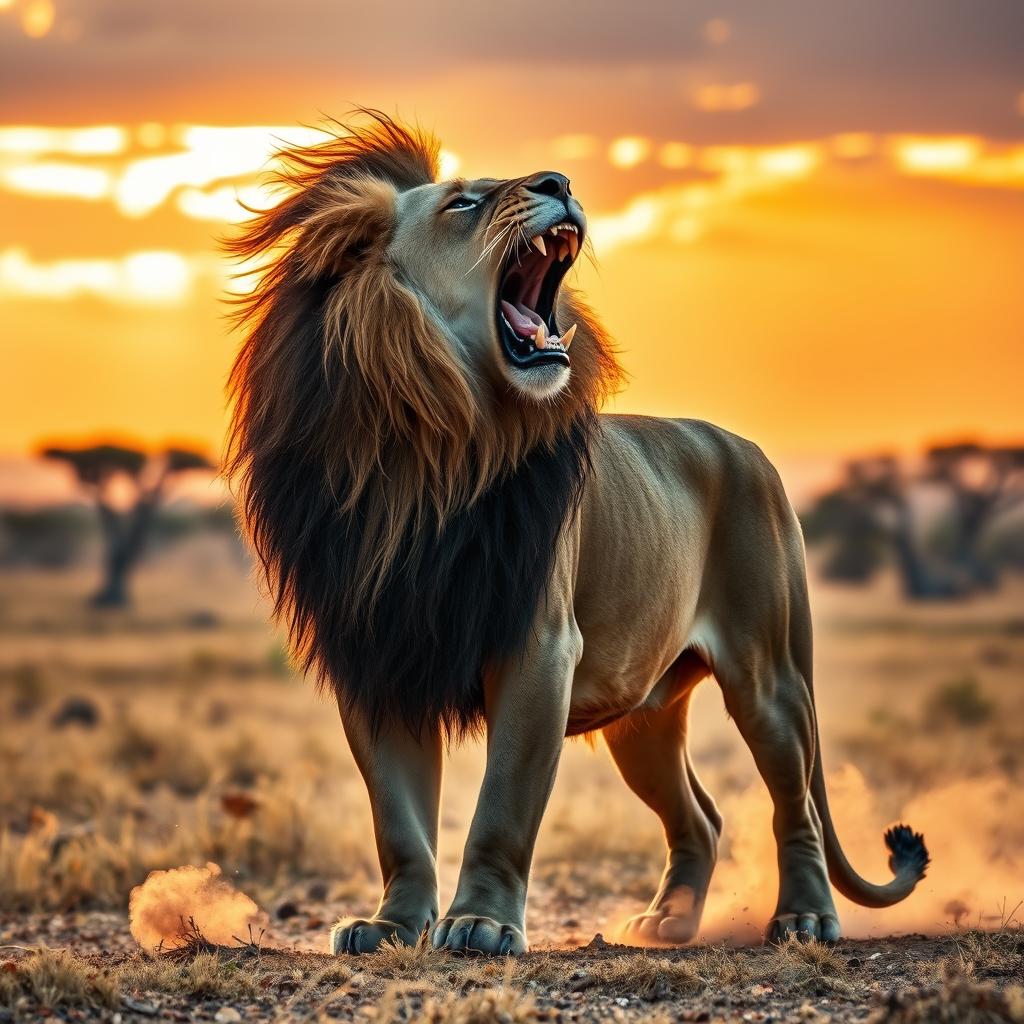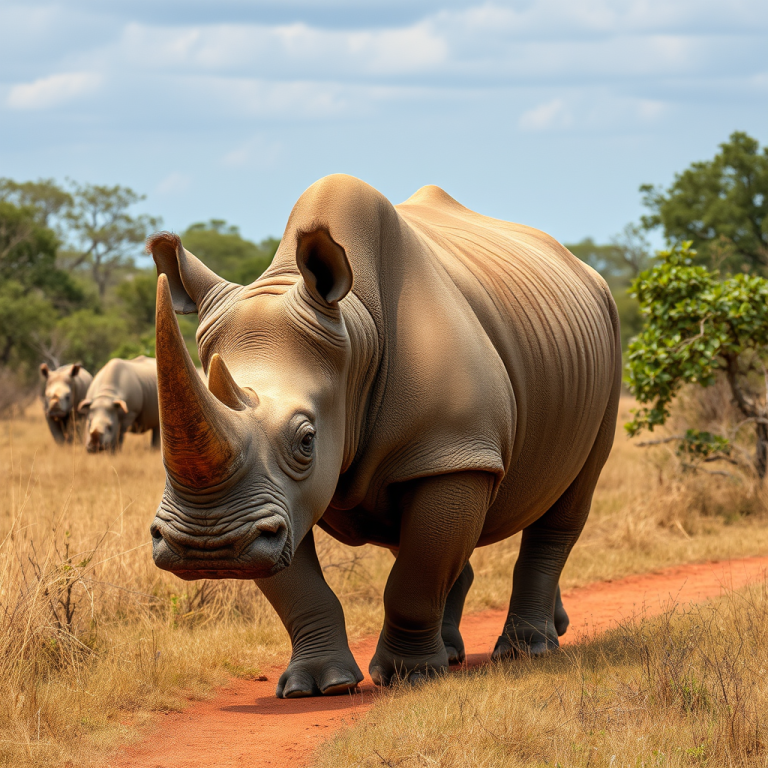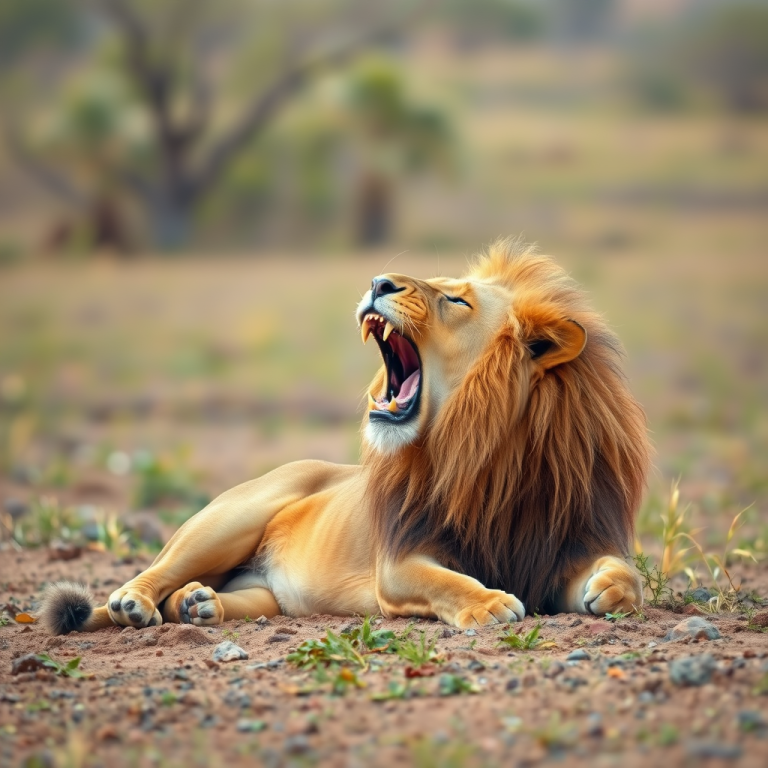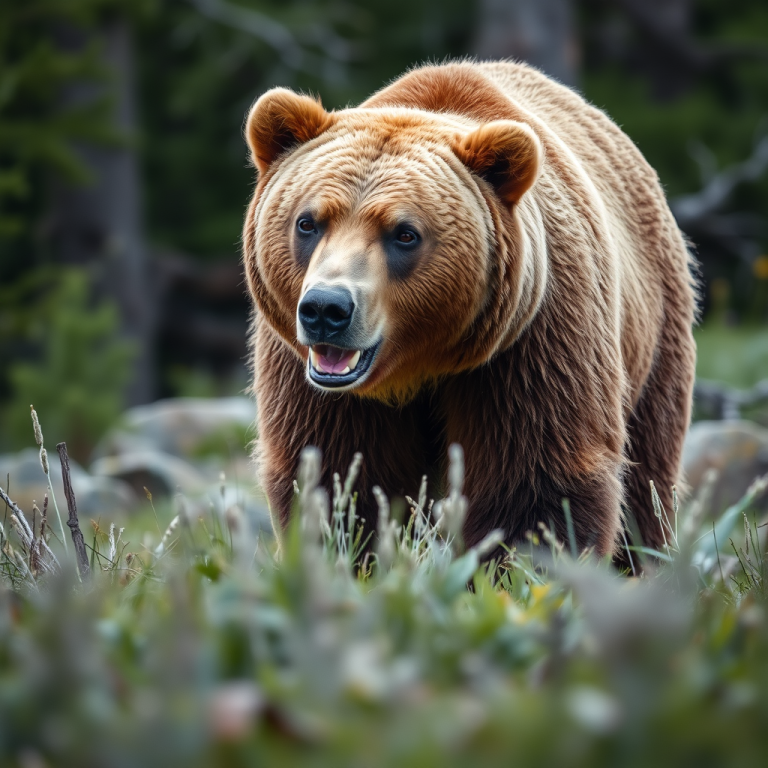The Roar That Shakes the Savannah: What Makes Lions So Fascinating
There’s something unmistakably powerful about a lion’s roar. It’s deep, thunderous, and almost otherworldly—a sound that can stop you in your tracks. But that roar is more than just dramatic flair. It’s one of many things that make lions some of the most fascinating animals on the planet.
Let’s take a closer look at why lions roar, how they live, and what makes them so unique in the animal kingdom.
The Science Behind the Roar
A lion’s roar isn’t just loud—it’s one of the loudest sounds any land animal can make. Reaching up to 114 decibels, a lion’s roar can be heard from as far as 5 miles (or 8 kilometers) away. That’s not a random number—lions roar to communicate across large distances, especially in open landscapes like the African savannah.
Why so loud? It has to do with their vocal cords. Lions have a unique larynx that’s both long and square-shaped, covered in a layer of fat that allows the vocal cords to vibrate more slowly and produce that low, rumbling tone. It’s designed for power and reach.
Roaring usually happens at night or early in the morning, when sound carries farther. It’s how lions let others know their pride is nearby—and that trespassers aren’t welcome.
Lions Live in Groups, and That’s Pretty Rare
Unlike most big cats, lions are social. They live in groups called prides, usually made up of related females, their cubs, and one to a few adult males. A typical pride has about 10 to 15 lions, though some are even larger.
This group life has real advantages. Lionesses hunt together, raise cubs together, and defend their shared territory. Male lions often work in coalitions to protect the pride from other males, who may try to take over.
Lions Don’t Only Live in Africa
While most wild lions live in Africa, a small population of Asiatic lions survives in India’s Gir Forest. These lions are slightly smaller, with shorter manes and a unique belly fold. Sadly, both African and Asiatic lion numbers are declining due to habitat loss, poaching, and conflict with humans.
Conservation efforts are in motion, but lions remain vulnerable in the wild.
Speed, Strength, and Teamwork
Lions can run up to 50 miles per hour—but only for short bursts. They rely more on stealth, strength, and teamwork than long chases. Lionesses often work together to encircle prey before launching a coordinated attack.
With strong jaws and powerful muscles, lions are built for quick, intense bursts of action. When they make a kill, it can feed the pride for several days.
The Meaning Behind the Mane
The male lion’s mane does more than make him look impressive. It signals strength and health. A darker, fuller mane usually means a lion has higher testosterone levels and is in good physical condition. It also offers some protection during fights with rival males.
And just like human voices, every lion’s roar is unique. Pride members can recognize each other by sound alone.
Final Thoughts
Lions aren’t just the “king of the jungle”—they’re complex, social, and intelligent animals. Their roar isn’t just loud; it’s meaningful. It connects families, marks territory, and keeps the wild in balance. There’s a reason lions have inspired stories, symbols, and legends for centuries. And there’s so much more to learn.
If you’re curious about the wonders of wildlife, stick around—there’s a whole world to explore at Wonder of Wild.







